Imagine it’s a bright Monday morning, the sun is peeking through your window, and you feel excited and a bit nervous. This is the day you’ve decided to start your fitness journey, focusing on a back and cardio workout. You know that regular cardio exercise can help reduce the risk of chronic diseases. But, combining cardio back exercises might seem tough.
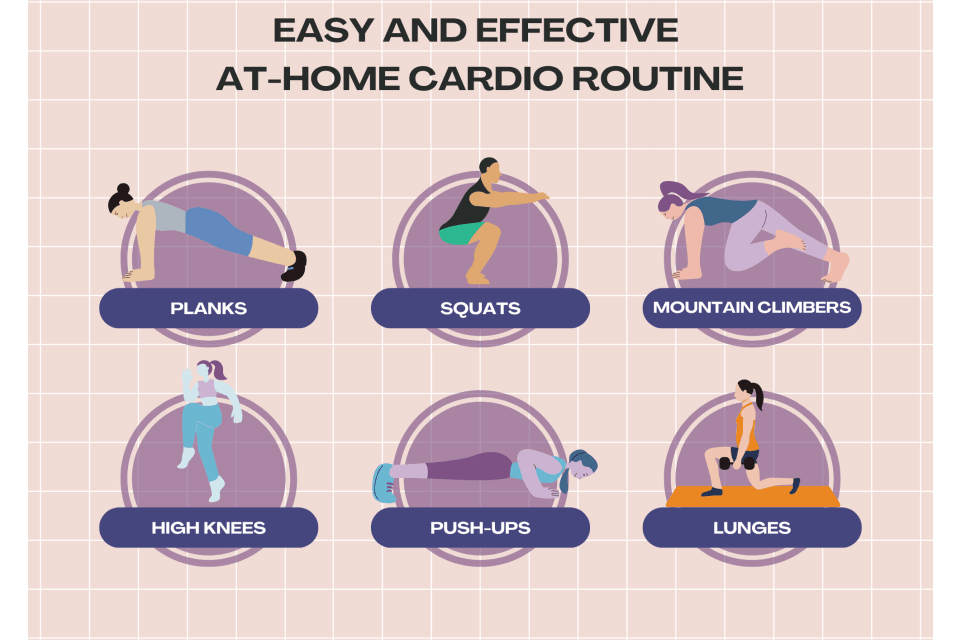
Yet, as you lace up your sneakers, you remember seeing your friends energize their days with simple moves. You realize this can be your chance too, to start building a strong fitness foundation.
This article aims to guide you through a back and cardio workout made for beginners. You’ll learn exercises that mix strength and endurance. This will help improve your performance. We’ll cover how to understand your fitness level and essential warm-up techniques. By the end, you’ll be ready to start and succeed on your fitness journey.
Table of Contents
Introduction to Cardio and Back Workouts
Cardio and back workouts are key for a balanced fitness plan, especially for beginners. Cardio exercises boost heart health by burning calories and fat. Back workouts help strengthen muscles, which is vital for body strength and good posture.
Regular cardio exercises make the heart stronger and lower the risk of heart attacks and high blood pressure. They also release “happy hormones,” easing stress, anxiety, and depression.
Adding various cardio activities like walking, jogging, cycling, and swimming makes workouts fun. Aim for 30 minutes of cardio daily for best results. This boosts heart health and lifts your mood.
Back workouts are crucial for muscle growth. Using different grips like overhand, underhand, and neutral engages different muscles. A mix of cardio and back exercises is great for beginners, promoting muscle growth and better health.
Let’s dive deeper into the perks of these exercises and how to make them fit everyone’s fitness level. Whether you’re in a group class, exercising with a friend, or listening to upbeat music, staying motivated is key to a successful fitness path.
Benefits of Combining Cardio and Back Exercises
Adding cardio to your back workout routine has many health perks. It boosts endurance and heart health. Back exercises help build strong muscles and improve posture, which is key for everyday life.
A study in The British Journal of Sports Medicine found a big drop in death risk for those doing cardio and strength training together. This shows how vital it is to mix both in your fitness plan.
Doing back exercises often brings big benefits. It makes everyday tasks easier and helps with back pain. Stronger muscles also ease spine tension, which can lessen back pain over time.
Experts say doing at least 150 minutes of moderate cardio a week should be paired with strength training twice a week. This combo not only burns more calories but also keeps metabolism healthy, helping with weight control.
The table below shows some key benefits of mixing cardio and back exercises:
| Benefits of Cardio | Back Exercise Advantages |
|---|---|
| Improved endurance | Enhanced posture |
| Lower risk of chronic diseases | Strong muscles for functional fitness |
| Increased calorie burn | Reduced risk of back pain |
| Better heart health | Improved spine stability |
| Boosted energy levels | Better performance in daily activities |
By combining these exercises, people can gain many health benefits that improve their fitness journey.
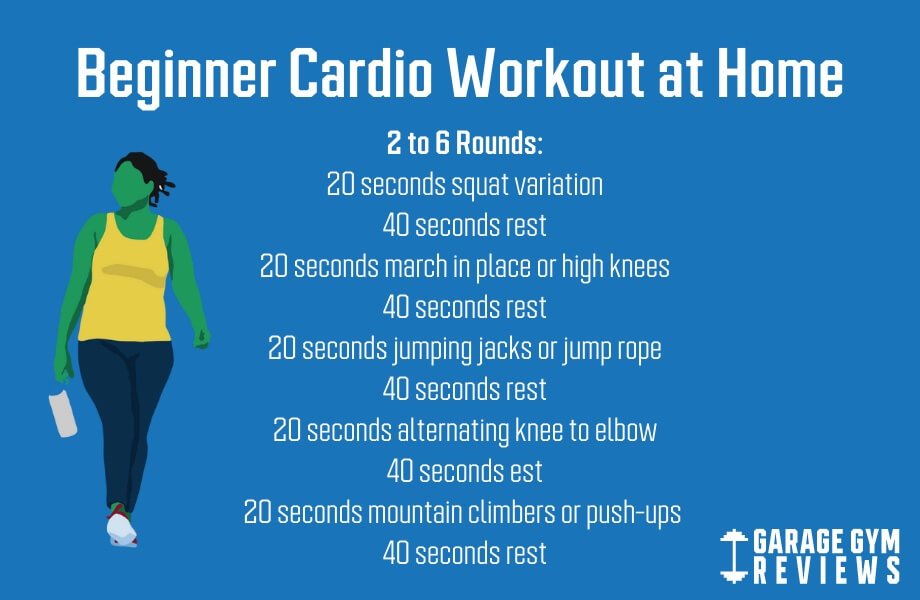
Getting Started with a Back and Cardio Workout
Starting a fitness journey can be thrilling and a bit scary. It’s crucial to check your fitness level before you begin with back and cardio exercises. This helps you set goals that fit your current fitness level.
Walking is a great first step for beginners. It’s easy on the body and doesn’t need any special gear. You can walk almost anywhere. Other easy cardio options include cycling, swimming, aerobics, and dancing. Try to work out three times a week, but don’t forget to rest to let your body recover.
Being consistent is important for a good workout routine. Start with a 5–10 minute warm-up to get your body ready. After your workout, cool down to help your body relax and reduce soreness. Aim to work out at a level of 5 or 6 on the Perceived Exertion Scale.
Slowly increase how long you work out, aiming for 30 minutes each time. Mixing up your routine keeps you motivated by challenging your body and mind. As you get fitter, you can try new exercises to avoid getting bored.
Drink plenty of water and eat a balanced diet full of carbs, proteins, and healthy fats. Good nutrition helps with fitness and recovery. Listen to your body during and after workouts to avoid injuries and keep your fitness journey going strong.
Understanding Your Fitness Level
To make effective workout plans, knowing your fitness level is key. A fitness level check helps you see where you stand. It looks at your past activity, health, and goals. Beginners can use the rate of perceived exertion (RPE) scale to measure how hard they’re working out. This helps create workout plans that fit just right.
The Department of Health and Human Services says you should do at least 150 minutes of moderate aerobic activity or 75 minutes of vigorous activity each week. Setting goals based on your fitness level helps you move forward safely. You should aim to keep your exercise intensity between 50% to 70% of your max heart rate during moderate activities.
Adding strength training to your routine is also important. You should focus on major muscle groups at least two times a week. Use weights that make you tired after 12 to 15 reps. This not only builds strength but also boosts your overall fitness. Knowing and tracking your fitness level helps guide your workouts. It makes sure each plan matches your goals and abilities.
Essential Warm-up for Beginners
Warming up is key before starting any exercise, especially for those new to back and cardio workouts. Doing warm-up exercises gets the body ready, cuts down injury risks, and boosts performance. A good warm-up should be 5 to 10 minutes long, slowly getting the heart rate up and blood flowing to muscles.
Easy yet effective warm-ups include walking or slow jogging. Starting slow lets the body get into the workout mood. This step is vital for keeping the heart healthy. Adding dynamic stretches like arm circles or leg swings helps with flexibility and moving joints well. Remember, the importance of warming up is huge; it lessens muscle soreness and makes workouts better.
After warming up, moving into the main workout is easier. Finishing each warm-up exercise mindfully makes sure muscles are ready. This leads to better performance. For more tips on working out, check out this resource.
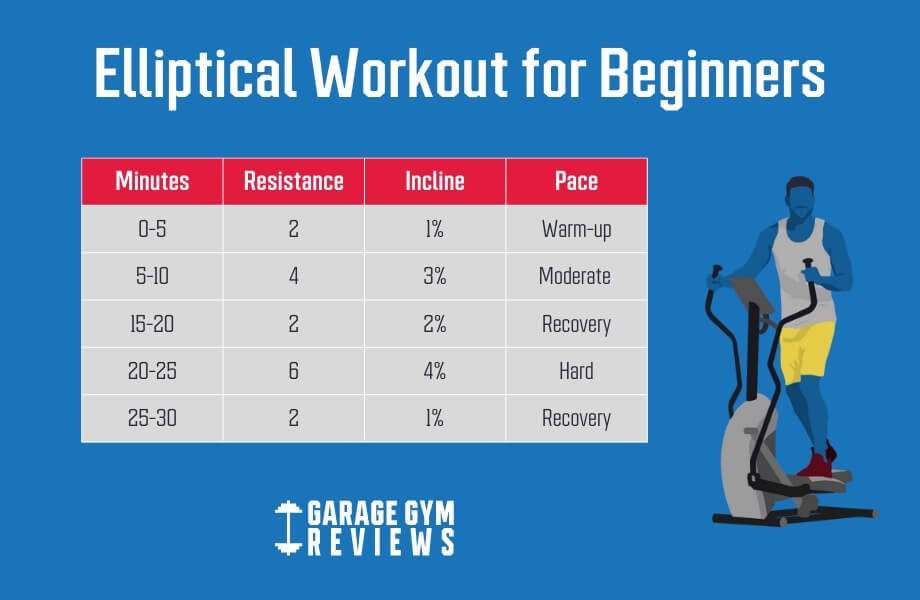
Simple Cardio Back Exercises
Adding simple cardio back exercises to your routine boosts your heart health and strengthens your back. These exercises are great for beginners. They help increase your heart rate and work key muscle groups.
Marching in Place
This is a low-impact exercise you can do anywhere. It improves coordination and raises your heart rate. Keep your back straight, lift your knees, and swing your arms naturally.
Do this for 5 to 10 minutes at first. Then, increase the time as you get fitter.
Jumping Jacks
Jumping jacks are great for moving your whole body. They boost your heart health and can be done at different intensities. Start standing, jump, spread your legs, and raise your arms.
Then, go back to standing and repeat. As a beginner, focus on doing it right to avoid getting hurt.
These exercises are great for a healthy back and overall wellness. Doing them regularly lays a strong base for improving your fitness.
Why Focus on Back Strength?
Understanding the importance of back strength is key to overall fitness and well-being. A strong back helps keep your posture right and your spine aligned. This is important for everyday tasks and keeping your back healthy. Strengthening your back can also prevent lower back pain, which can make people miss work in the U.S.
Studies show that exercise can help with low back pain. This shows how back strength is linked to managing pain. Exercises like lumbar stabilization help athletes with back pain too. This highlights how back strength is vital for health and sports performance.
Working on your back muscles changes how you move. Strong back muscles lead to better movement patterns, lowering injury risks in sports and daily activities. This effort boosts your fitness, stability, and confidence in what you can do.
Key Benefits of Focusing on Back Strength:
- Improved posture and spinal alignment
- Reduced risk of lower back pain
- Enhanced performance in athletic activities
- Greater functional movement and mobility
- Increased confidence in physical capabilities
Understanding back strength leads to a healthier life. With regular workouts, people gain the benefits of strong backs. This leads to better back health and a better life overall.
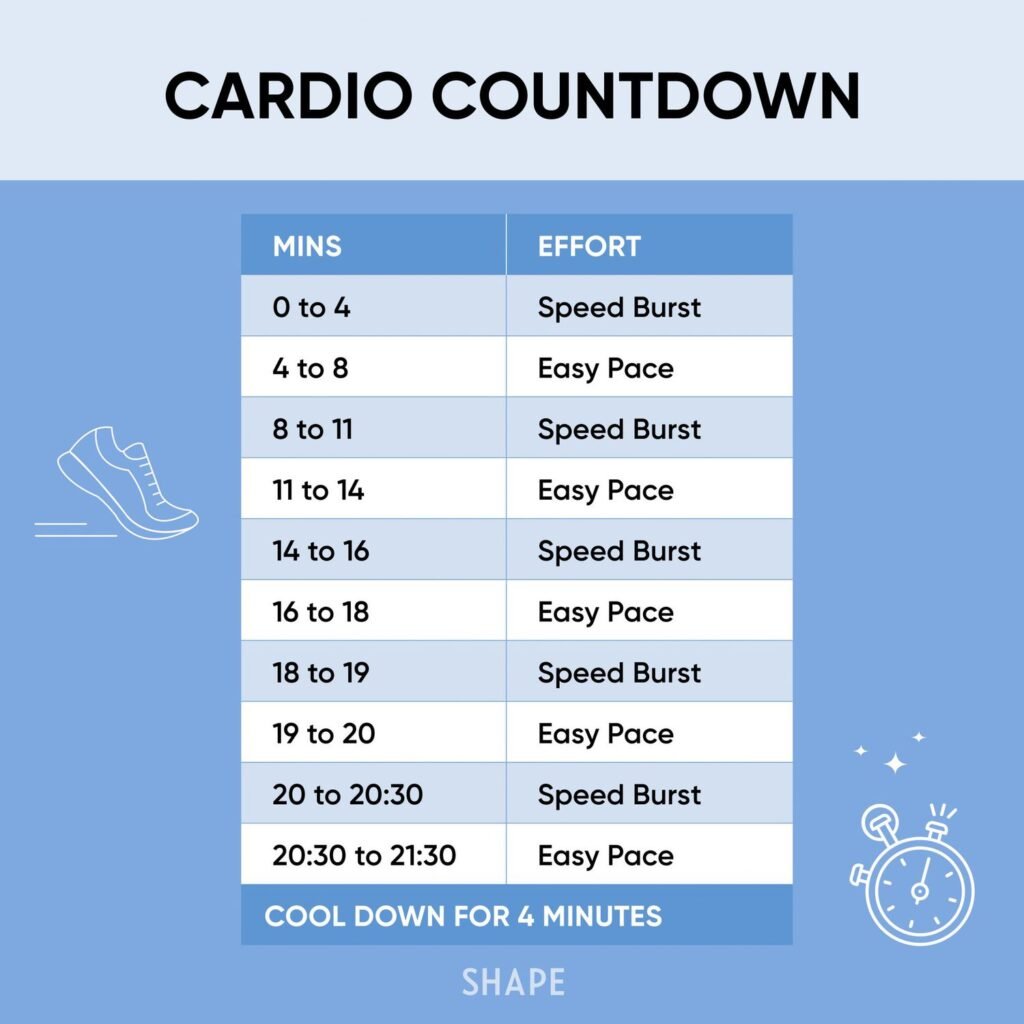
| Exercise Type | Primary Benefits |
|---|---|
| Resistance Training | Builds muscle strength and stability |
| Pilates | Improves flexibility and core strength |
| Aerobic Exercise | Enhances cardiovascular health and endurance |
| Stretching | Increases flexibility and reduces injury risk |
Cardio Workouts to Strengthen Your Back
Adding cardio workouts for back strength boosts your overall fitness. Activities like cycling, rowing, and swimming improve heart health and work key back muscles. These exercises are easy on the joints, perfect for beginners or those starting a new workout plan.
When picking cardio exercises, mix up the movements to keep it fun. This mix prevents boredom and keeps you coming back for more. Whether it’s a refreshing swim or a lively bike ride, each activity has its own benefits. Here’s a table showing top cardio exercises, how long to do them, and what they focus on:
| Exercise | Duration | Primary Focus |
|---|---|---|
| Cycling | 30 minutes | Legs, Core, Back |
| Rowing | 30 minutes | Back, Arms, Core |
| Swimming | 30 minutes | Full Body |
| Lateral Shuffles | 30–60 seconds | Legs, Core |
| Burpees | 30 seconds – 1 minute | Full Body |
These routines can include activities that boost coordination and endurance, like jogging in place or dancing. Starting with 45 seconds of an activity and resting for 30 seconds can help build strength and stamina.
As you get better, mix these cardio exercises with strength training to take your fitness to the next level. This approach helps strengthen your back and boosts your heart health, making your fitness journey well-rounded.
- 💪【UPGRADE LATEST DESGIN】: SPART Multifunctional Strength Station adopts the latest revolutionary full-body training desi…
- 💪【FULL BODY WORKOUTS】: This leverage workout equipment is constructed with 13 gague, 2.5mm thick tube, which ensures saf…
- 💪【LEVERAGE GYM WORKOUT BENCH】: The leverage gym can be used together with the bench but also can used alone by turning t…
- 【Professional】More than 20 years of professional fitness equipment production experience, carefully designed by professi…
- 【High Quality Thick Steel】The frame and weight guards of the whole set of equipment are made of thick steel. Don’t be af…
- 【New design】 Leg exercise pedal can exercise more leg muscle groups, more functions than the same type of fitness equipm…
- [Precise and Strong Stimulation]-Our seated row machine is designed to more effectively target your back muscles and pro…
- [Dual Grip Handles]-This seated row machine plate loaded comes with two different types of grips. The fully rotating gri…
- [Independent Arms & Adjustability]-The lat machine’s diverging arms can be utilized together or independently, offering …
- 【16 Levels of Electro-Magnetic Resistance】 This elliptical trainer offers 16 levels of smooth, adjustable electro-magnet…
- 【Advanced Programmable Performance Monitor】Track your progress with an backlit display that monitors speed, time, distan…
- 【24 Built-In Workout Programs】Achieve your fitness objectives with 24 preset workout programs, offering guided sessions …

- 【Full Body Workout】This vertical climber simulates natural climbing to help you build core muscles. Combine cardio with …
- 【Adjustable Height】The armrests of the vertical climber are adjustable to three different heights, allowing for customiz…
- 【Stable Triangular Structure】This folding vertical climber machine is made of sturdy steel that protects against corrosi…
- 【 Revolutionize Your Fitness Routine 】 The stair stepper with handlebar is the ultimate workout machine designed to mimi…
- 【 Scientifically Optimized Stride 】 Our stair master features an innovative design with a scientifically engineered stri…
- 【 Total Body Sculpting 】 Whether you’re aiming to tone your chest, glutes, or legs, this vertical stair climber delivers…
- 3-in-1 home gym equipment: YOSUDA elliptical stepper combines vertical and horizontal stride, providing the easy, low-im…
- 18 lbs flywheel with 16 resistance control: this elliptical cross trainer climber comes with 18 lbs flywheel, 16 resista…
- Solid build: confidently enjoy long-lasting climbing and striding sessions thanks to 15mm thickened frame tube and 300lb…

- 【STABLE AND HEAVY DUTY MATERIAL】: Our PEC fly machine is made of 50x50mm, 14 gague steel, which ensures both safety and …
- 【TARGET DESIGN】: This upper body special machine is target on your pectoral, rear deltoid, chest, back and shoulder. The…
- 【 THICKENED AND COMFORTABLE PADS】: This chest fly machine is equipped with the comfortable, extra-thick and super tough …
Creating a Weekly Workout Schedule
Starting a workout schedule helps beginners stay on track with their fitness goals. It makes sticking to a routine fun and rewarding. This approach helps you enjoy the process more.
For beginners, it’s important to have a balanced routine. This means:
- Two to three days of cardio
- Two days of strength training
- Rest days twice a week
Start with moderate intensity, about a level 5 on the exertion scale. Workouts should last 30-60 minutes each day. This helps build a strong fitness habit. Rest days are important for avoiding overtraining and helping your body recover.
Adding flexibility exercises to your routine is a good idea. Stretching after workouts improves mobility and lessens muscle soreness. Also, change your workout plan every 3-4 weeks to avoid getting stuck in a rut. This keeps your workouts interesting and fresh.
A well-planned workout schedule helps improve strength and endurance. It also helps you develop a positive relationship with fitness. Adjust your schedule to fit what you’re comfortable with. This makes working out more enjoyable and leads to better results over time.
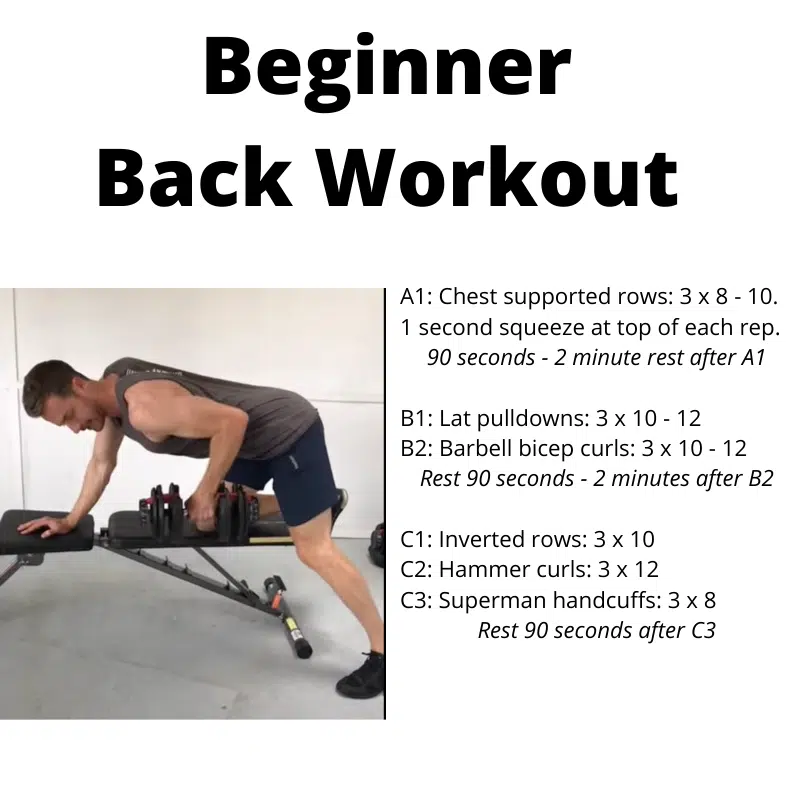
Frequency and Duration Recommendations for Beginners
For beginners, knowing how often and how long to work out is key to a healthy lifestyle. The Centers for Disease Control and Prevention suggest adults aim for 150 minutes of moderate-intensity activity weekly. You can also choose 75 minutes of vigorous activity or mix both for best health.
It’s good to do cardio for at least 10 minutes at a time, says the World Health Organization. If you want to lose weight, doing up to 60 minutes of cardio daily is safe and helpful. A study in the British Journal of Pharmacology backs this up, especially for those trying to lose weight.
High-intensity workouts are great, but don’t forget to rest. Rest days help prevent injury and burnout, as a 2017 study found. Beginners should think about the workout type when deciding how long to do it. For example:
- Rehabilitation: 30 minutes of moderate exercise.
- Weight loss: 40-45 minutes multiple times a week.
- Stamina improvement: 30-40 minutes targeted sessions.
Mixing cardio (3-4 times a week) with strength training (2-3 times a week) makes a good program, as a 2017 study in the New England Journal of Medicine suggests. Keeping track of your progress helps you improve over time.
Being consistent with your workouts and sticking to the right duration is key for long-term success. Using home fitness gear like exercise bikes or treadmills can make working out easier and boost your heart health.
Listening to Your Body: Importance of Intensity
Working out means connecting with your body and listening to its signals. Paying attention to how hard you’re working can make your workouts better and more fun. The RPE scale helps you know how hard you’re pushing yourself. It keeps you safe while still challenging you.
Using the Rate of Perceived Exertion (RPE)
The RPE scale is a key tool for tracking your workout intensity. It goes from 1 to 10, with 1 being no effort and 10 being the max. Aim for an RPE of 7 to 8 for the best heart health benefits.
This level helps you build endurance without overdoing it. Signs of overdoing it include feeling very tired or having trouble breathing. Knowing your target heart rate helps you find the right workout intensity. It’s usually between 50% to 85% of your max heart rate.
Recognizing Signs of Overexertion
Knowing the signs of overexertion can make your fitness journey better. Look out for:
- Deep tiredness that doesn’t go away
- Feeling out of breath even when you’re not working hard
- Pain that’s sharp, burning, or spreads out
- Severe muscle soreness that lasts over four days
Watching for these signs lets you adjust your workouts. This keeps you moving forward safely and helps you stay healthy.
Knowing when to rest and adjust is key. Start slow, listen to your body, and get advice from fitness pros to safely reach your fitness goals.
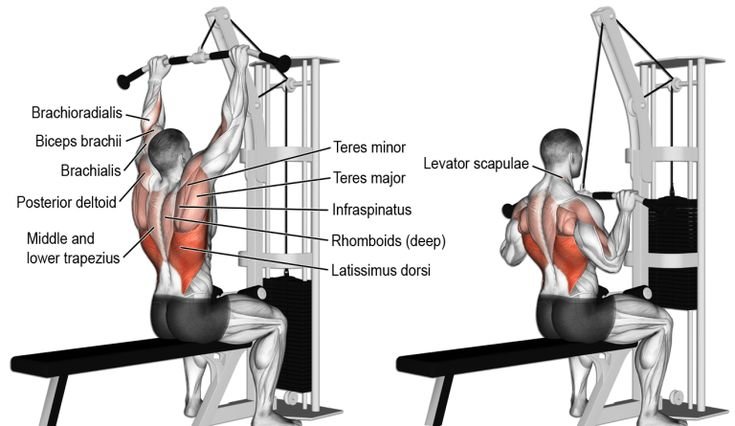
Incorporating Advanced Techniques as You Progress
As you get better at working out, adding advanced techniques can really boost your fitness. High-Intensity Interval Training (HIIT) is a great example. It mixes intense activity with rest periods. This makes workouts effective and fun.
High-Intensity Interval Training (HIIT)
HIIT for beginners uses simple exercises that can be changed for different fitness levels. You switch between high-energy moves like burpees and easy recovery periods. This type of training helps burn calories and improve heart health quickly.
Gradually Increasing Intensity and Duration
It’s important to progress safely in your workouts. Start by making your exercises a bit harder and longer. For example, you might do 4 sets of 6-8 reps at first, then add more challenging exercises or lift heavier weights as you get stronger. This approach helps avoid injuries and keeps you growing in fitness.
Effective Cool Down and Stretching Techniques
Cooling down is key after working out. It helps your body switch from active to rest mode. This makes recovery easier and lessens muscle soreness. Stretching after a workout also makes you more flexible and relaxed.
A study in the Journal of Human Kinetics found that cool down routines boost blood flow. They help clear out waste from muscles. This reduces muscle soreness later. So, spending at least 10 minutes cooling down is a good idea after any workout.
Choosing the right stretches after working out is important. For example, after biking, try chest openers to ease tension in your chest and shoulders. Runners and bikers should stretch their hip flexors to help with recovery and flexibility.
- Child’s Pose: stretches the back, hips, and shoulders.
- Cat-Cow Stretch: relieves tension in the back.
- Downward Dog: targets hamstrings, calves, and lower back.
- Runner’s Lunge: focuses on hip flexors and quads.
- Spinal Twists: keeps back and core muscles loose.
Light activities like walking or jogging for a few minutes can also help cool down. Other stretches you might want to try include:
| Stretch | Benefits |
|---|---|
| Standing Forward Bend | Releases tension in the back and hamstrings. |
| Knee-to-Chest Pose | Enhances hip flexibility and opens the lower back. |
| Seated Forward Bend | Stretches the spine and hamstrings. |
| Reclining Butterfly Pose | Opens the hips and promotes relaxation. |
| Standing Quadriceps Stretch | Targets the quads and improves hip flexibility. |
| Head-to-Knee Forward Bend | Stretches the spine and hamstrings. |
Working with a professional trainer can be great for those who like group classes or have special needs. They can tailor cool down routines to fit your recovery and goals.
Adding effective cool down exercises and stretches after working out helps with recovery. It also makes you more relaxed and flexible. Remember, avoid pushing too hard and listen to your body for a safe cool down.
Staying Motivated in Your Fitness Journey
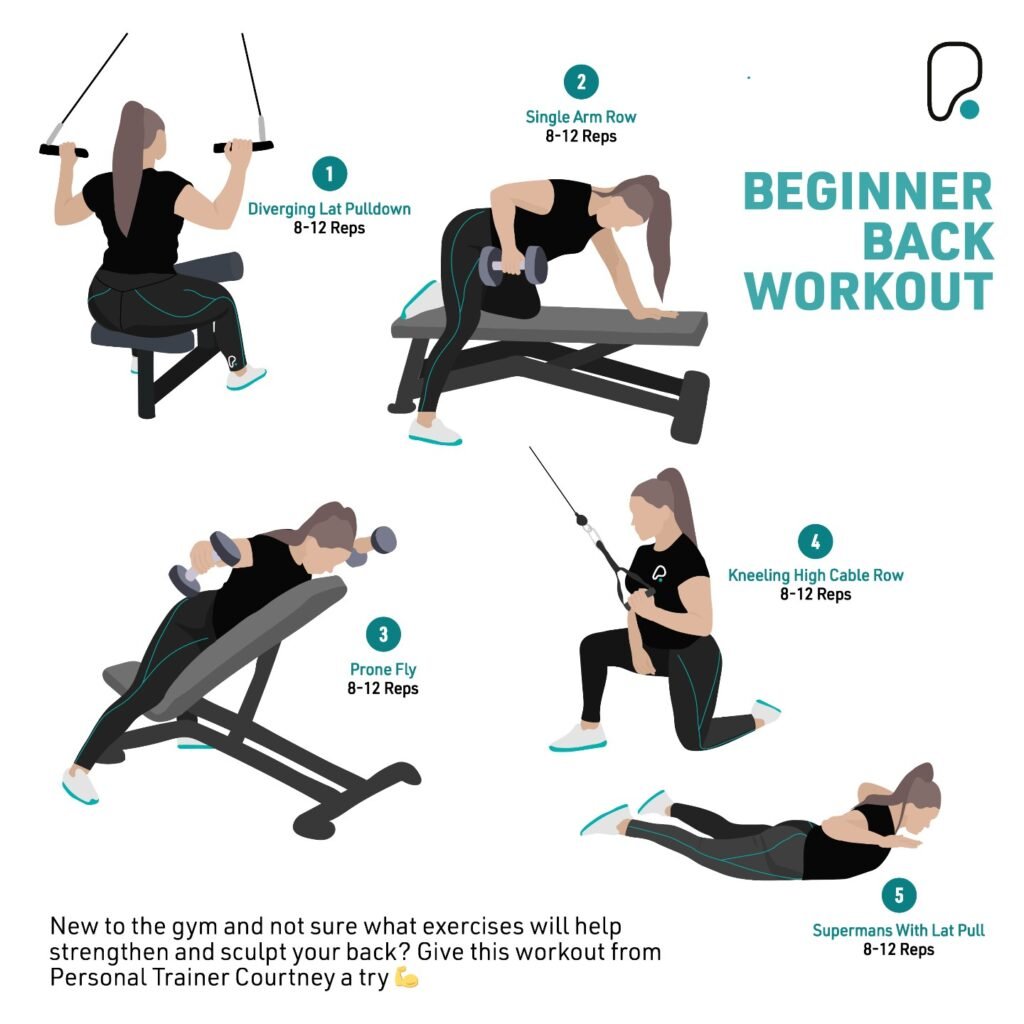
Keeping up motivation for exercise is key for success in fitness. Beginners often struggle with staying excited about working out. Setting achievable goals is a big help. It keeps you from getting discouraged and losing your drive.
Having a plan makes it easier to stay on track with your fitness goals. Mixing up your workouts keeps things fresh and interesting. Getting bored can make you lose interest, so it’s important to keep things varied.
Using journals or fitness apps to track your progress is a great way to see how far you’ve come. It keeps you motivated and connected to your fitness journey. Finding someone to work out with can also help you stay committed. Studies show that exercising with a partner makes you more likely to reach your goals.
It’s important to celebrate your small wins along the way. Recognizing these achievements gives you a sense of pride and keeps you motivated. Remember, not many adults meet the recommended exercise levels, so you’re not alone in this challenge.
Doing things for yourself is a big part of staying motivated. Exercising for your own happiness is more powerful than doing it for others. Setting SMART goals can help you stay focused and motivated. For beginners, starting with simple cardio and strength training is a good way to build a routine.
Adding daily activities like gardening or biking can also boost your fitness level. These activities are fun and can be a break from traditional workouts. Remember, rest days are important for your muscles to recover and perform better. Eating well supports your exercise routine too.
Having a workout buddy or a personal trainer can make a big difference. Studies show that 95% of people who start a weight-loss program with friends finish it. Changing your workouts regularly can keep things interesting and prevent hitting a plateau. Visualization can also help boost your motivation and confidence.
Keep these fitness journey tips in mind to stay on track and reach your fitness goals.
Common Mistakes to Avoid in Cardio Workouts
Starting a fitness journey with cardio workouts can be tricky. It’s important to avoid common mistakes to get the most out of your routine. Skipping the warm-up is a big mistake. A warm-up gets your body ready for the workout ahead, preventing injuries and boosting performance.
Just a few dynamic stretches or a light walk can make a big difference. It increases blood flow to your muscles, setting you up for success.
Not drinking enough water is another mistake many make. Staying hydrated helps your body perform at its best. Dehydration can slow you down and affect your recovery. Always drink water before, during, and after your workouts to keep your energy up.
Also, listen to your body. If you’re tired, rest. Ignoring your body can lead to burnout or injury. Resting when needed is key to making progress in your fitness journey.
Lastly, don’t stick to just one type of exercise. Mixing up your cardio routines keeps things interesting and helps you burn more calories. Avoiding these mistakes, from skipping warm-ups to not resting, leads to a better and more fun cardio experience. This ensures you keep improving in your fitness journey.












